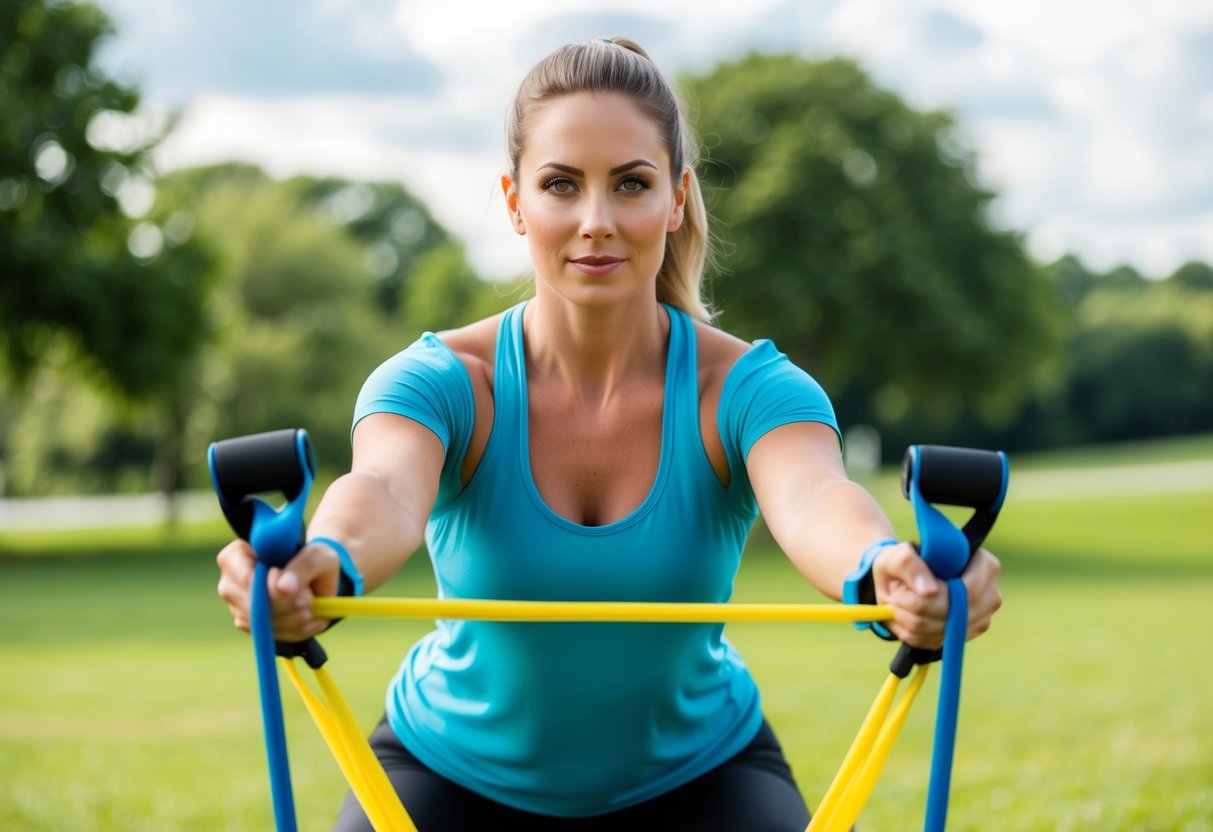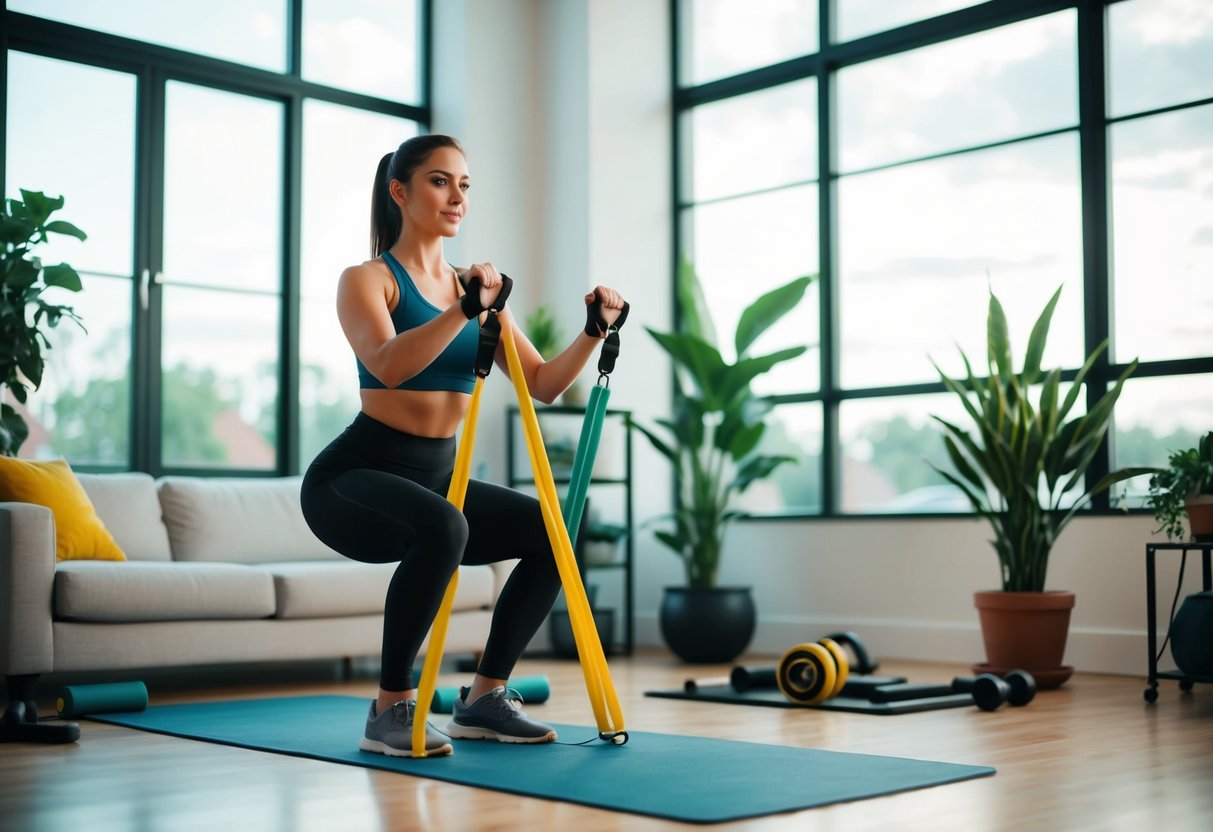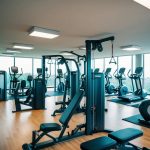
Reshaping Your Workout at Home

Transforming a home space into a versatile area for fitness allows for creative and efficient workout routines with resistance bands. This approach provides flexibility, diversity, and opportunities for individuals to meet their health goals without constraints.
Creating an Effective Workout Space
Designating a small area at home can significantly enhance focus and motivation. They should clear an area with sufficient room to move freely, minimizing potential hazards.
Storage solutions like wall hooks and shelves ensure bands and equipment are orderly and accessible. Good lighting and ventilation further enrich the engaged workout experience. Setting a consistent environment allows a sense of routine, encouraging regular habits.
Additionally, incorporating minimalist equipment such as yoga mats and stability balls expands exercise possibilities. Maintaining a tidy space can prevent distractions and maintain concentration on exercises like banded push-ups or clamshells.
Routine Variety and Challenges
A home workout routine benefits from continuous adaptation and challenge. Incorporating different exercises using resistance bands can target multiple muscle groups effectively. Simple adjustments to band tension or body positioning diversify workouts, preventing monotony.
Movements like lunges, squats, banded push-ups, and clamshells can be adapted in intensity to meet varying fitness levels. Small tweaks like increasing repetitions or changing the band’s position can challenge the body further. Engaging multiple muscle groups with compound exercises enhances overall strength and endurance.
This approach maximizes the advantages of resistance bands while maintaining engagement and progress in home workouts.
Targeted Exercises for Core and Stability
Using resistance bands effectively targets the core and enhances stability and balance. Both beginners and experienced athletes can benefit from these exercises, which are designed to improve muscle endurance and coordination.
Core Strengthening Moves
Resistance bands are excellent tools for core strengthening exercises. Bicycle crunches with bands offer an effective way to engage abdominal muscles, ensuring an intense workout. As the band adds resistance, it encourages deeper engagement of the obliques and rectus abdominis.
Another beneficial exercise is the seated row. Here, the bands connect around the feet while maintaining a straight back and engaging the core to perform rowing motions. This exercise helps strengthen deeper core muscles and the upper body, including the back and shoulders.
Enhancing Stability and Balance
To enhance stability and balance, resistance bands provide versatile options. A popular choice is the upright row, which can also incorporate core engagement. Standing with feet shoulder-width apart, the band is pulled towards the chin, working on balance as well as upper body strength.
A single-legged deadlift with bands significantly boosts balance. The band is anchored under one foot, and the other leg is extended backward, keeping the core tight. This exercise improves stability and coordination while targeting lower back muscles and glutes.
Integrating these exercises into a routine can profoundly impact overall stability and coordination, offering a comprehensive approach to fitness using minimal equipment.
Incorporating Resistance Band Workouts into Fitness Routine
Integrating resistance band workouts into a fitness routine offers flexibility and variety while effectively targeting different muscle groups. These workouts can be customized for any fitness level and are convenient for those on the move.
Developing a Personalized Routine
Creating a personalized resistance band workout routine begins with assessing individual fitness goals and current abilities. This assessment helps in selecting the right resistance bands, which come in various resistances like light, medium, and heavy. Starting with exercises that target key muscle groups—such as squats for the legs or rows for the back—ensures a balanced full-body workout.
Incorporating a mix of compound and isolated exercises maximizes effectiveness. Compound exercises such as lunges with bicep curls work multiple muscles at once. Isolated exercises like tricep extensions focus on specific areas. Balancing these will vary the intensity and work different muscles efficiently.
Regularly updating the workout routine maintains engagement and progression. By gradually increasing resistance or adding new exercises, users can avoid plateaus and continue to improve strength and flexibility. Tracking progress helps keep workouts aligned with fitness objectives, encouraging consistency and commitment.



